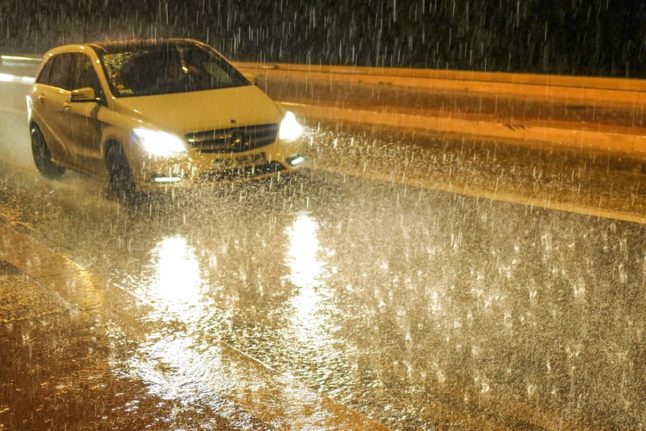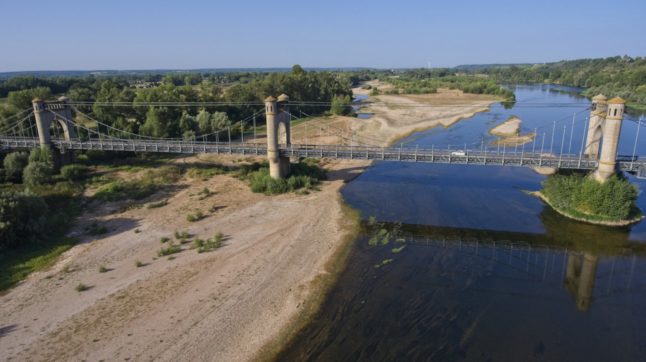According to Météo France, rainy spell after rainy spell will be the norm over the Easter weekend across most of the country, with little sight of clear, blue skies, while an “épisode méditerranéen” is expected in the south-east of the country.
A low-pressure area brought high winds to parts of France on Good Friday, with two départements in the Auvergne-Rhône-Alpes region – Loire and Rhône – on orange weather alert at 12noon.
Wind gusts of up to 110km/h are expected in exposed areas, according to Météo-France.
It’s all relative, but the best of what’s set to be a pretty poor weekend of weather is expected on Saturday. Rain and storms will dominate all day from the Grand Est to the Mediterranean regions – except around the Pyrenees and in Corsica, both of which should enjoy blue skies for most of the day. Strong winds could cause problems in eastern areas, and rain is forecast overnight in the south-east.
On Easter Sunday, widespread rain is forecast, with the south-east of the country braced for stormy conditions, bringing – according to some forecast models – up to three months’ rainfall in just 48 hours.
By early afternoon, showers will be widespread across the whole of the country, while winds are expected to reach 80km/h along the Rhône. Snow will fall on the Pyrenees and the Alps.
Temperatures will range from 11C to 15C in most regions, rising to around 20C in Corsica.
Easter Monday, meanwhile, is forecast to be rainy across almost all of France, with only the Pyrenees regions seeing any sunshine. After Sunday, however, it is likely to be regarded as an improvement.
Unsettled conditions are then expected to last until Wednesday, before temperatures start to rise heading into the first weekend of schools’ staggered Spring holiday period – though the skies are likely to remain grey.



 Please whitelist us to continue reading.
Please whitelist us to continue reading.
Member comments